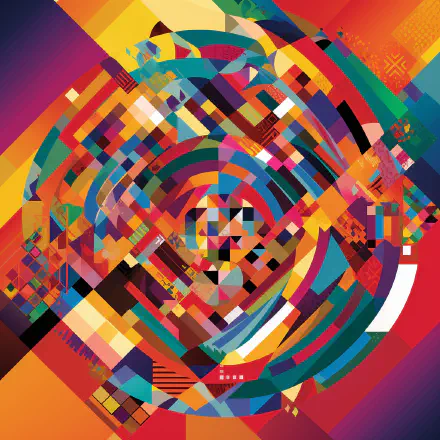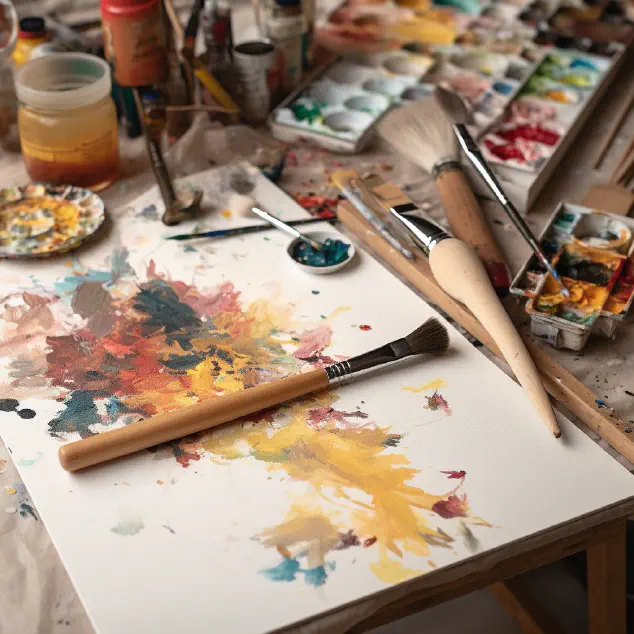
Introduction
Design thinking is a crucial aspect of the design industry because it helps designers approach problems creatively and develop innovative solutions. However, as important as design thinking is, it can be challenging to consistently come up with new and exciting ideas. This is where humor can be a valuable tool. Incorporating humor into the design thinking process can help enhance creativity and stimulate new ideas.
Humor has been shown to improve creativity and resourcefulness as it allows us to approach problems from different angles and think outside the box. Additionally, humor can help create a positive and collaborative work environment, which is essential for design teams to be successful.
In this guide, we will explore how humor can help boost design thinking and provide practical tips and activities on how to incorporate humor into your design process. We will also discuss the benefits of using humor in design thinking and provide illustrative case studies of how it has benefited designers and clients alike.
Why Humor Helps Boost Design Thinking
Design thinking is a creative process that requires constant ideation and problem-solving. Incorporating humor into the design thinking process can help improve creativity, encourage resourcefulness, and increase openness to new ideas.
When we laugh or experience something humorous, it activates the reward center in our brain, which can help us become more receptive to new information and ideas. This mental state of being relaxed and open can lead to more innovative solutions and better problem-solving abilities.
In addition, incorporating humor into designs can make them more relatable and memorable to the target audience. A good example of this is the viral Old Spice commercials that combine humor with catchy jingles to create memorable ads that resonate with viewers.
Some practical tips on how to incorporate humor into your design thinking process include:
- Creating a humor brainstorming session to generate ideas that incorporate humor into the design.
- Mocking up humorous versions of designs to see if they will resonate with the target audience.
- Using humor to break the ice and encourage collaboration during team meetings.
Incorporating humor into design thinking can also lead to more successful projects. One example of this is the “Dumb Ways to Die” campaign by Metro Trains in Melbourne, Australia, which used dark humor to create a memorable safety campaign that went viral and helped reduce train accidents.
However, it’s essential to use humor carefully and thoughtfully. Humor that is inappropriate or offensive can quickly backfire and harm the reputation of the designer or company. It’s important to ensure that humor is used in a way that matches the brand’s tone and values and is appropriate for the target audience.
In summary, incorporating humor into the design thinking process can lead to improved creativity, better problem-solving abilities, and more memorable designs. However, it’s important to use humor carefully and thoughtfully to avoid any negative consequences.
Let’s Get Creative!
Design thinking and humor can be a powerful combination. Here are some fun and engaging activities to help stimulate your creativity and incorporate humor into your design thinking process:
Brainstorm funny personas
Personas are a common tool used in design thinking to represent specific target users. Take a break from the serious personas and brainstorm a few funny and exaggerated ones instead. For example, instead of just creating a persona for a working mom, create a persona for a coffee-addicted superhero mom who is always running late but still saves the day.
Mashup objects and concepts
Pair two unrelated objects or concepts together and brainstorm ideas for how they could be combined in a funny way. For example, what would a combination of a toaster and a pogo stick look like? How could a sunflower be combined with a typewriter?
Use puns and unexpected wordplay
Puns and wordplay can be a fun way to inject humor into your design thinking process. Challenge yourself to come up with as many puns or unexpected word combinations as you can for a specific design challenge. For example, if your challenge is to design a logo for a shoe company, brainstorm puns such as “Solemates” or “Step it up.”
Prototype unexpected solutions
When ideating solutions for a design challenge, consider brainstorming some unexpected and humor-driven solutions. For example, if your challenge is to design a wayfinding system for a shopping mall, consider creating a prototype for a system that uses balloons and helium instead of traditional signage.
Look for inspiration in comedy
Watch stand-up comedy specials, sitcoms, or sketch comedy shows with a pen and paper in hand. Take notes on the jokes, puns, and comedic concepts that inspire you. Brainstorm ways to translate those comedic concepts into your design thinking process.
Remember, humor is subjective, and what is funny to one person may not be funny to another. Be mindful of your audience and avoid using humor that could come across as culturally insensitive or offensive. In the words of designer and comedian Kenneth Herring, “If you can make them laugh, you can make them think.”
Benefits of Using Humor in Design Thinking
Using humor in the design thinking process has numerous benefits that can lead to enhanced problem-solving abilities, more memorable designs, and a positive work environment.
Improved Mood and Morale
When humor is incorporated into the design thinking process, it helps create a friendly and relaxed work environment that boosts morale. Laughter releases endorphins in the brain that promote positive feelings, reduce stress, and increase creativity.
Increased Collaboration and Activity
Humor can help break down communication barriers and encourage collaboration between team members. It sparks conversations and inspires discussions that leads to new ideas and helps establish a better relationship among team members.
Enhanced Creativity
Humor has been shown to improve creativity by encouraging new ways of thinking and breaking down preconceived notions. It allows designers to look at problems from a new and unusual perspective, which can lead to inimitable solutions that may have otherwise been missed.
More Engaging Designs
Humorous designs catch the eye and hold interest. It helps convey messages in a creative way that is both fun and memorable. It attracts the attention of viewers and makes a design more engaging.
Positive Brand Image
Using humor can create a positive brand image that makes people feel good about the product or service. Humorous designs can create a memorable branding experience that will help keep a company or product in people’s minds.
Case Studies
There are numerous examples of the benefits of humor in design thinking. A great case study is Coca-Cola’s “Share A Coke” campaign, where the company printed people’s names on their bottles. The idea was simple, but the humorous and personal nature of the design helped it go viral on social media. Another case study is Old Spice’s “The Man Your Man Could Smell Like” campaign that was a huge success for using humor to promote the brand.
Humor can play a significant role in enhancing design thinking processes. It can lead to better problem-solving, more memorable designs, and a positive work environment. By incorporating humor in the design practice, designers can see improvements in collaboration, creativity, and brand image.
Conclusion
In summary, humor can be a powerful tool for enhancing design thinking and creativity in the design industry. By incorporating humor into your creative process, you can improve your resourcefulness, openness to new ideas, and problem-solving skills.
Throughout this article, we’ve explored how humor has been successfully used in design projects, shared practical tips for integrating humor into your work, and discussed the benefits of using humor in design thinking.
By using humor effectively, you can create more memorable designs, foster a positive work environment, and deliver better results for your clients. However, it’s important to use humor in a way that is appropriate and respectful.
We encourage all designers to experiment with humor in their work and discover how it can enhance their design thinking process. As Albert Einstein once said, “Creativity is intelligence having fun,” and by using humor, you can tap into that creative intelligence and take your designs to the next level.


